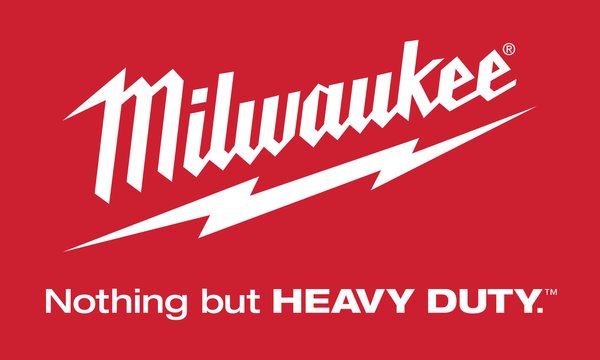Clarification - RCDs in existing residential installations

As members should be aware, compliance with the new AS/NZS 3000:2018 Wiring Rules became mandatory on 1 January 2019. This has resulted in changes to rules concerning RCDs, which we have covered in previous articles.
In addition to these changes, the definition of a final subcircuit has been changed in the Electricity Regulations 1947.
As a result of these changes, there is some confusion concerning RCD requirements for existing older installations.
Overview of what contractors should do for new and existing RCDs
For houses built before 2019 that are coming up for sale or rent/lease require all socket outlets, directly connected hand held equipment and lighting circuits to be RCD protected. Hard wired appliances do not require RCD protection.
In all new builds from 1 January 2019, ALL final sub-circuits SHALL be RCD protected. This means every consuming circuit leaving the switchboard requires RCD protection.
Background information for Residual Current Devices:
In installations built before 1 January 2019, the definition of a final subcircuit has been changed in the Electricity Regulations 1947. Part 4 is the legislation for RCD’s and there has been the recent addition of clause 12A into the document.

The new definition of Final Sub-circuit for existing buildings built before 2019 in the regulation is: final subcircuit means a final subcircuit to which a socket outlet, lighting point or directly-connected hand held appliance is connected.
This is a different definition to the one in AS/NZS 3000:2018, Definitions, 1.4.115, which states; final subcircuit means a circuit originating at a switchboard and to which only consuming devices or points will be connected.

The change in the Regulation is to avoid causing too much trouble with existing installations and the potential nuisance of tripping installed appliances like cookers and hot water systems.
















